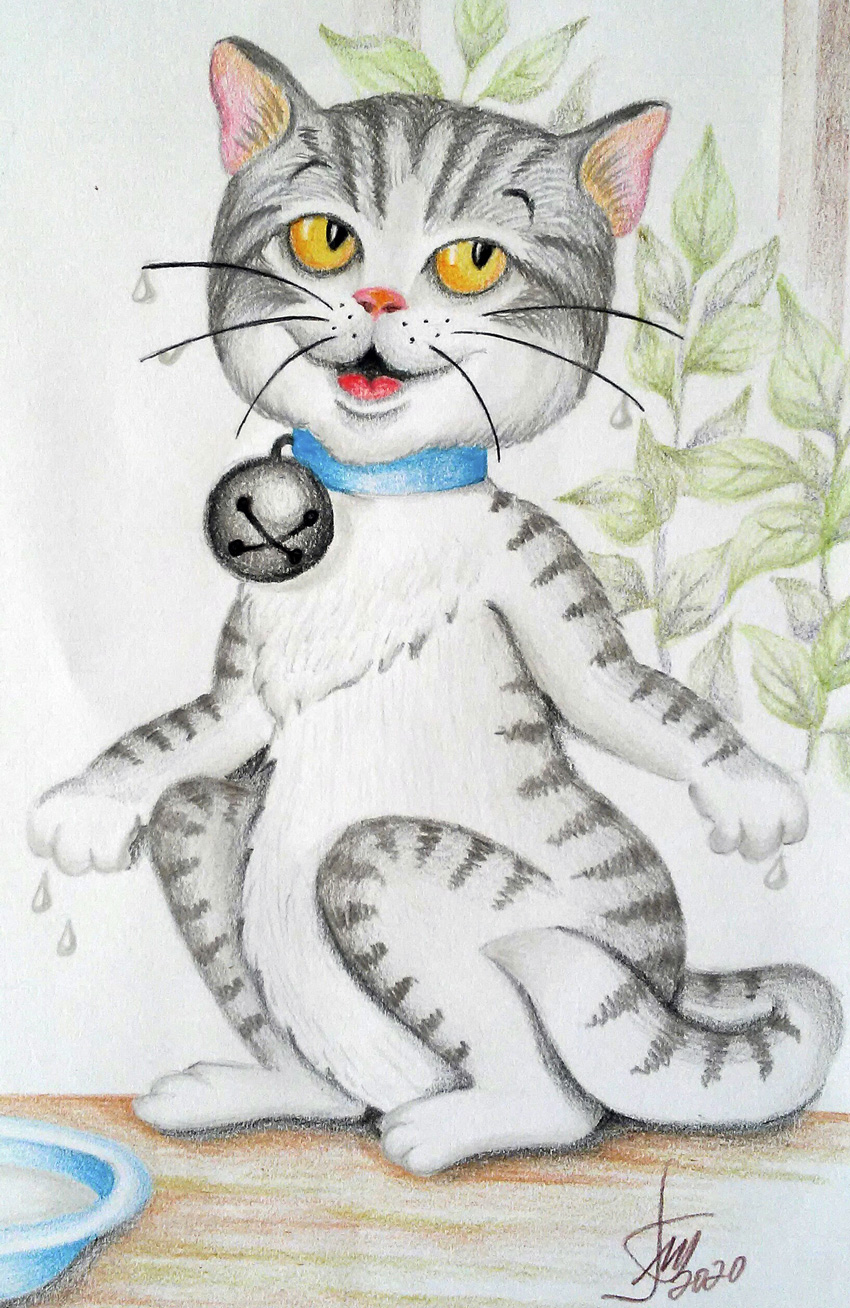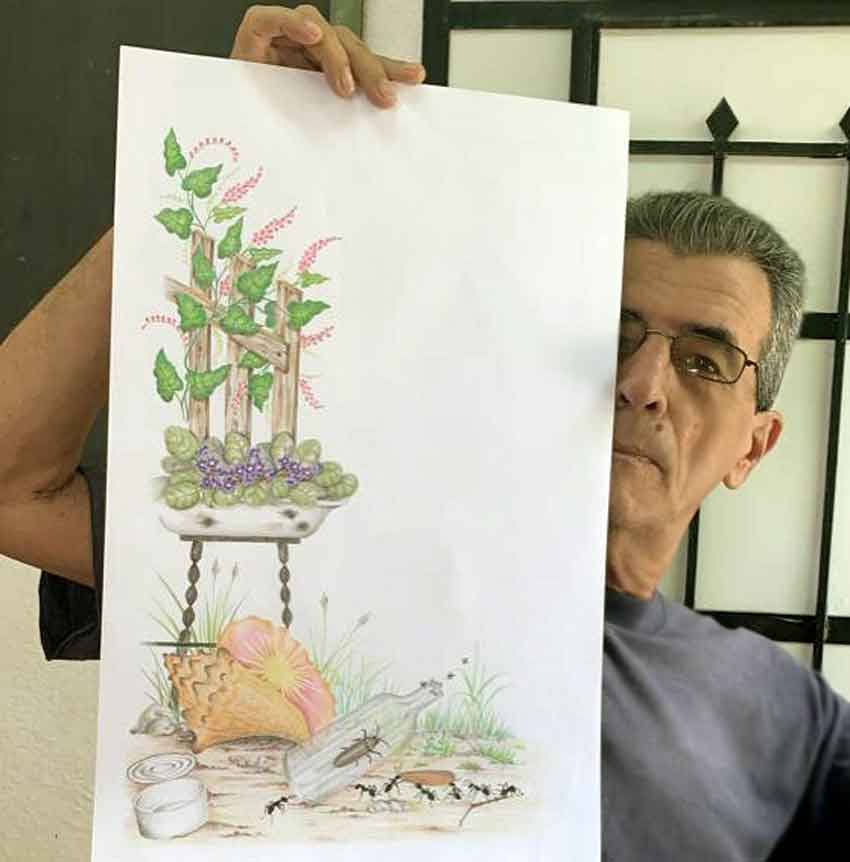
When I visited his house, very close to my son's childcare center, I understood the essence of that heart dedicated to culture and good work. Begonias, malangas, ferns, cactus, crowns of Christ..., even a fig tree and a canary accompany the patio of his house, a large house like the magic that inhabits it.
A small but well-designed classroom for his English classes glimpses at the end of the house (he is still active as a teacher) and, inside the home, neatness, organization, art. A photo of him with Prima Ballerina Assoluta Alicia Alonso that seems to be taken in these premises, hangs near the desk, along with a series of details of extreme beauty.
Although Jorge Luis Smith said in public, after proving himself as a singer without being one last December 20, that "you do things like this only when you are old", he has a whole curriculum of dedication to culture. The same as director of the cinema-theater Tunas for several calendars, as head of the Prodigious Decade cultural meeting (for more than ten years in the popular taste), or in other tasks.
But today we will talk about a less known dimension of work, that of illustrator, that kind of profession that led him to meet the singer-songwriter Teresita Fernández and to color together fantasy dreams, to the delight of children and adults.
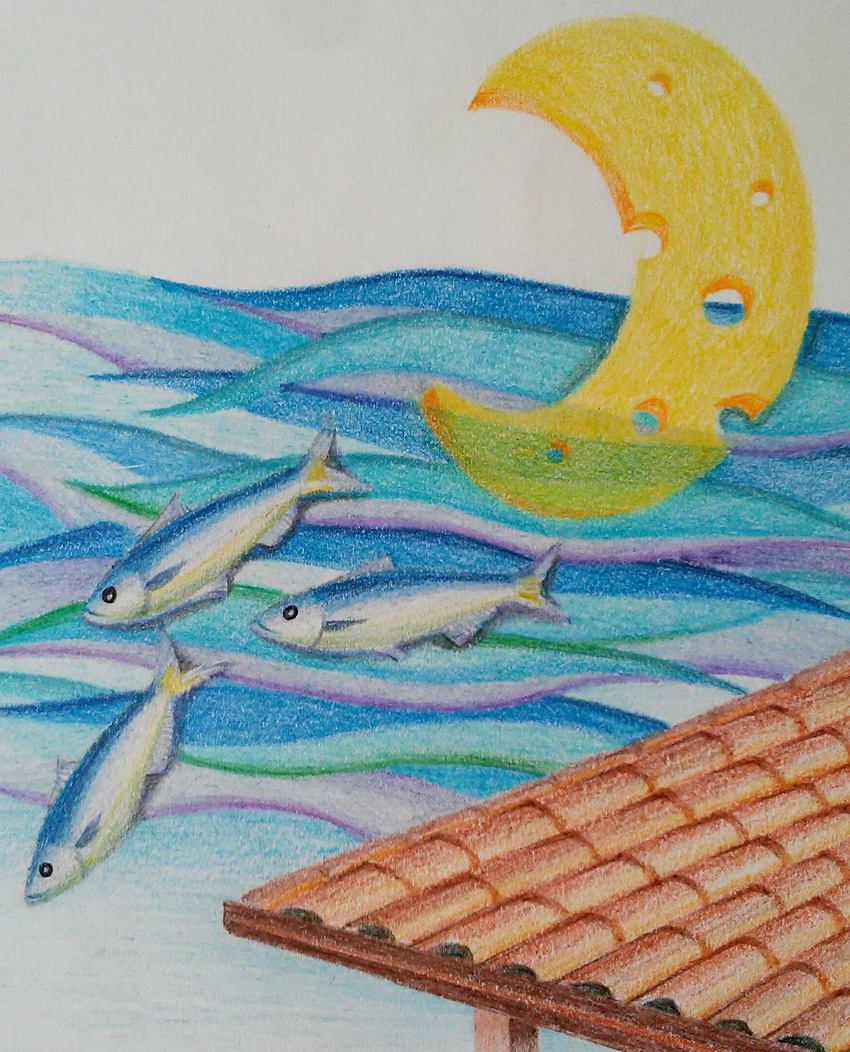 What were your beginnings in this art?
What were your beginnings in this art?
Everyone tells me: "I didn't know that side of you". But I have been drawing all my life, since I was a child. When my parents' friends came to my house, they would tell me: "do a doodle", and from there I would draw a figure. Years later, with Alexis Roselló and other teachers, I learned a little bit of painting, but I never dedicated myself professionally to it.
However, I have illustrated books and magazines, from the cover to the interiors; I also did that work for Periódico 26 and for the publishing center here, where I worked for nine years. In those days, periodicals were published using the old technique.
How did Teresita Fernández come into your life?
We were friends. She used to come to Las Tunas and go with me to different places like Blanquita Becerra's house already known as El Cornito. When I went to Havana, I also visited her and spent time with her. So, in 1989 the idea came up to make a book with her songs and that I illustrate them. It was entitled Porque tenemos el corazón feliz (Because we have a happy heart).
Later I published a book called Fauna Cubana, where I reflect with ink the main species of that nature in our country as if it were a coloring book, and underneath a note with data of the animal.
I also made a game of the spinster, which was very popular and was printed in our publishing center. Then I made one with animals, for the Isle of Youth Publishing Center. But with computers, graphic and information design, and other elements, I left drawing a little behind and devoted myself to computerized design.
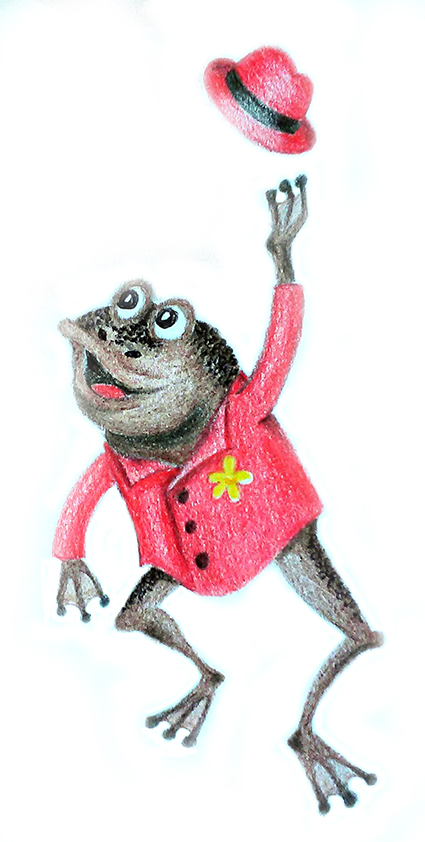 What made you embrace this passion again?
What made you embrace this passion again?
In confinement, I remembered a box of colored pencils I had saved and I started to draw. I had a dream of making portraits of women with their hair full of things and I said to myself: this is the moment. That's what I started with...I have been always clear that I wanted to include a child and an older adult.
Painting the accessories of a little girl in her hair, I included Vinagrito and then I knew that I had to do the other portrait of Teresita. Guided by the one I did for the book published in Havana (which she liked very much), I fulfilled my task and started to illustrate her songs, but with other nuances.
How do you remember Teresita?
She was a wonderful woman. When you arrived at her house in Havana, if there was a radio or a TV on, she would turn it off because she said that the most important thing was her friends. She lived in a humble little house, which had a "dull fence" where "the coral vine was tangled" and she had about ten cats and dog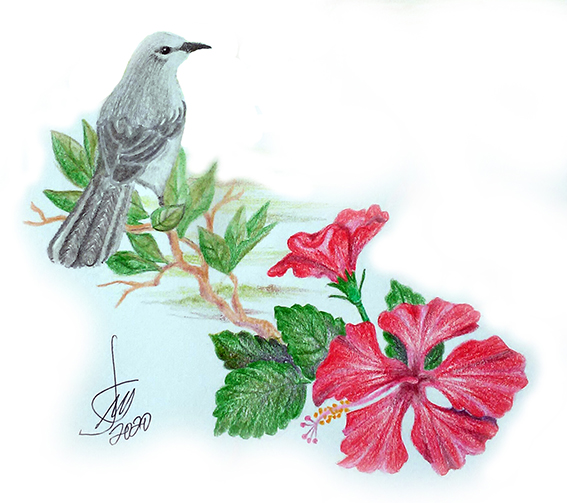 s, with curious names. She liked to cook for her visitors.
s, with curious names. She liked to cook for her visitors.
She was a teacher by profession and also educated with songs. Her presentations, both in her cultural meeting in Lenin Park and elsewhere, were lessons for children because she educated values of love for nature, life, Martí and the homeland. She was very Christian and loved Marti’s work. She had no children, but she greatly loved children and her work shows it, although she wrote music for adults. I remember that she musicalized the poem El Ismaelillo, recorded with the National Symphonic Orchestra.
Do you think her work is sufficiently revered today?
Yes, it is imperishable. Her lyrics are lessons, pure poetry. Many people know her songs and sing them to their children. That's why I dream of making an album where local artists interpret her songs.
Do you only illustrate texts for children?
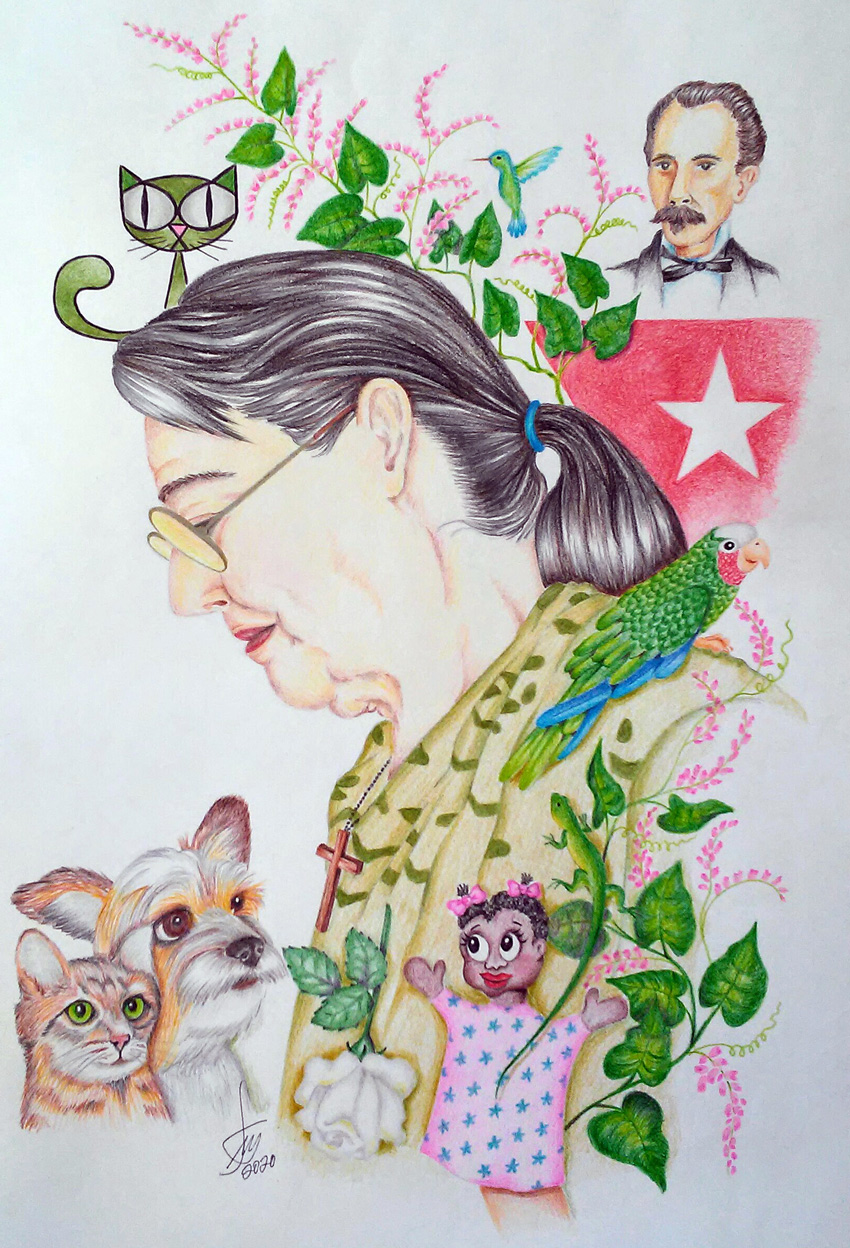 No, I have also made some illustrations that are not necessarily aimed at children, such as the exhibition “Things on head”, which I am currently preparing. But I dedicate myself more to the little ones. For the Sanlope publishing house, for example, I illustrated the book Vinagrito y otras canciones, some titles of the Pequeño Príncipe collection, among others.
No, I have also made some illustrations that are not necessarily aimed at children, such as the exhibition “Things on head”, which I am currently preparing. But I dedicate myself more to the little ones. For the Sanlope publishing house, for example, I illustrated the book Vinagrito y otras canciones, some titles of the Pequeño Príncipe collection, among others.
Let's talk a little bit about your vocation towards pedagogy.
I started as a teacher at the age of 16. I taught science in fifth grade until I studied English and graduated from the language school. Then I started teaching that subject in secondary school.
Your drawings also seek to educate the new generations...
That is one of my objectives, just as it was Teresita's. For example, the song "Mi gordita azul" (My blue fatty) which for me is a Zoology class, has a verse that talks about how the whale lives "among beautiful and dangerous ice castles", that is, icebergs. But my works are not only similar to her messages, because I bring my own interpretation. In addition, I document myself before making each illustration and, consequently, the animals and flowers that I reflect have traits of real life, without disdaining the imagination.
I am struck by the fact that you work with colored pencils. Why do you prefer this technique?
Some people look down on colored pencils, but I like them a lot because they offer several possibilities. With the pressure you put on them, you get the shadows, the shades, the shines?
…
Smith dreams and perseveres. His exhibition “Because we have a happy heart”, exhibited at Tunas Theater, speaks of his honor to Teresita Fernandez, that friend who accompanies him in his memory. Fantasy finds in him a faithful disciple. She would be proud.
